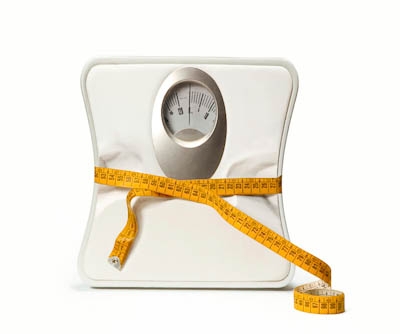Researchers from Washington University in St. Louis did a study with genetically engineered mice where they engineered the mice such that their liver lacked a fat producing enzyme. As we all know fat is processed and converted in the liver to form triglecyrides which is then used up as energy in the body. So a healthy liver is a major fat burning organ converting fats into fatty acids in the blood stream for use as energy. But when the liver is malfunctioning it can work in the reverse direction and become a fat storing organ. This is referred to as a fatty liver disease. A healthy liver is red in color but when the liver starts to accumulate fat it starts turning yellow and enlarging in size. A sign of fatty liver disease is a bulging midsection, an increased cholesterol level, stubborn weightloss and constant lethargy. Also remember the liver is capable of producing its own fat from carbohydrates so a zero fat diet can still lead to fatty liver disease. So why this lecture about fatty liver disease? Because the mice in this study were not capable of making any fat in their liver and the only fat they would get is from diet or from the body's own fat reserves. So guess what was the finding of this study? The researchers found that mice that were fed a zero fat diet developed fatty liver disease! So essentially the fat from the body moved into their liver but the liver didn't process that fat, but instead stored it! Mice that ate the normal fare didn't develop a fatty liver. So the researchers concluded that the liver needs new fat in order to metabolize old fat. In other words you have to supply new fat to the liver in order to regulate fat burning in the liver. Or as I say "Eat fat to lose fat!"
So we can see how we can mess up the liver's fat burning ability by eating a low or zero fat diet. So eat healthy fats found in nuts, sea food, flax, avocados and make sure you get 33% of your daily caloric intake in healthy fat. Folks, you need fat in your diet if you want to stay healthy and keep that stubborn fat off!
